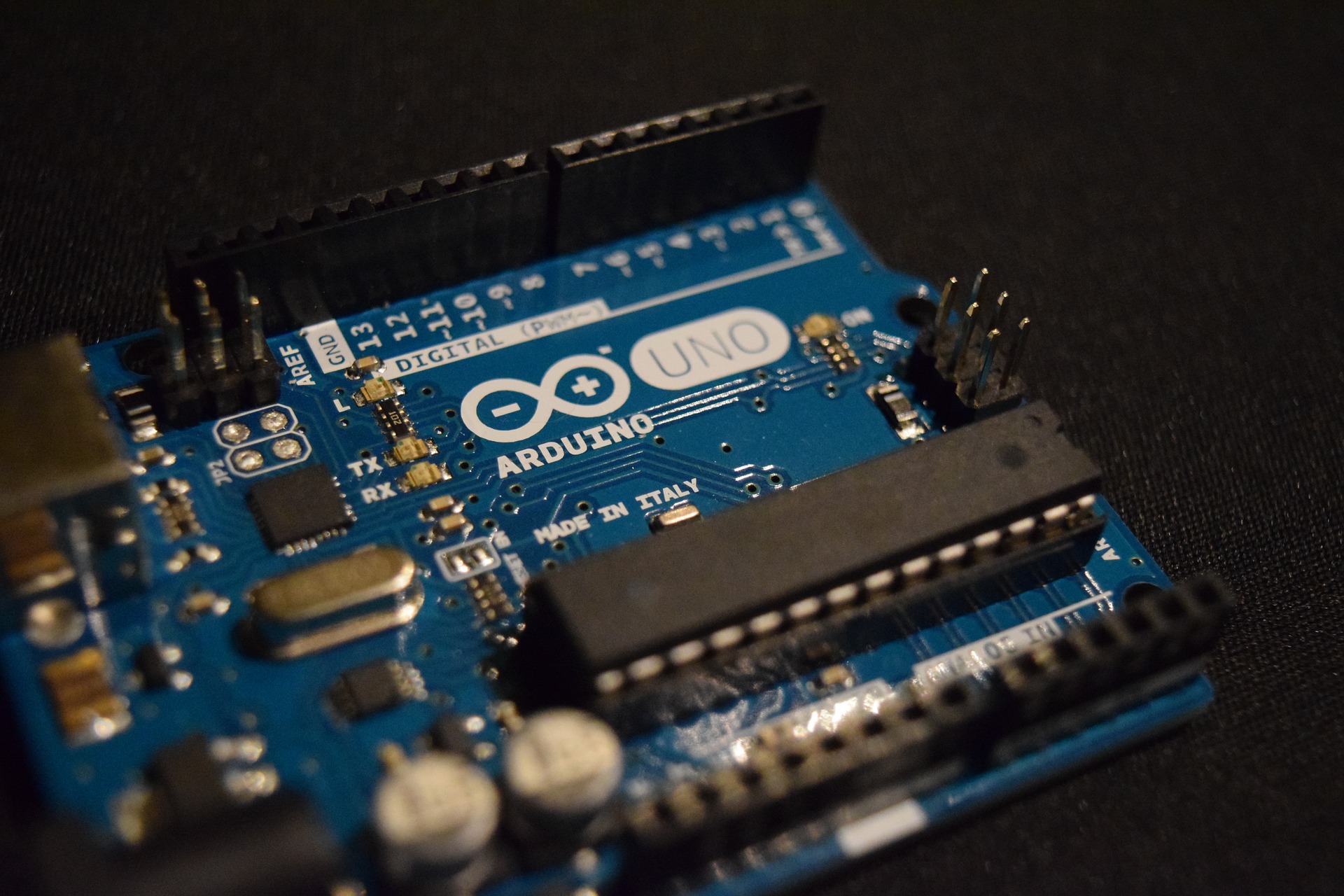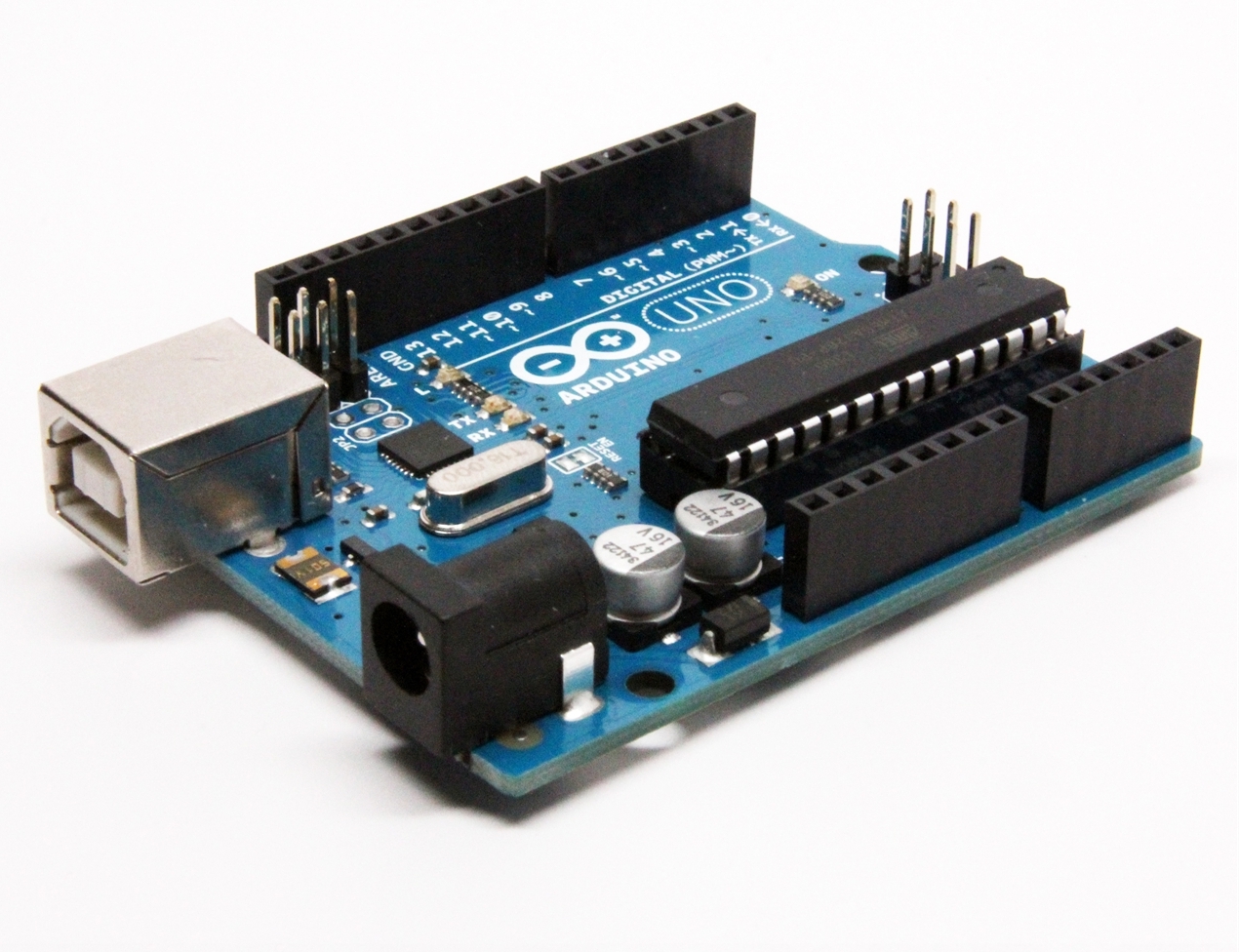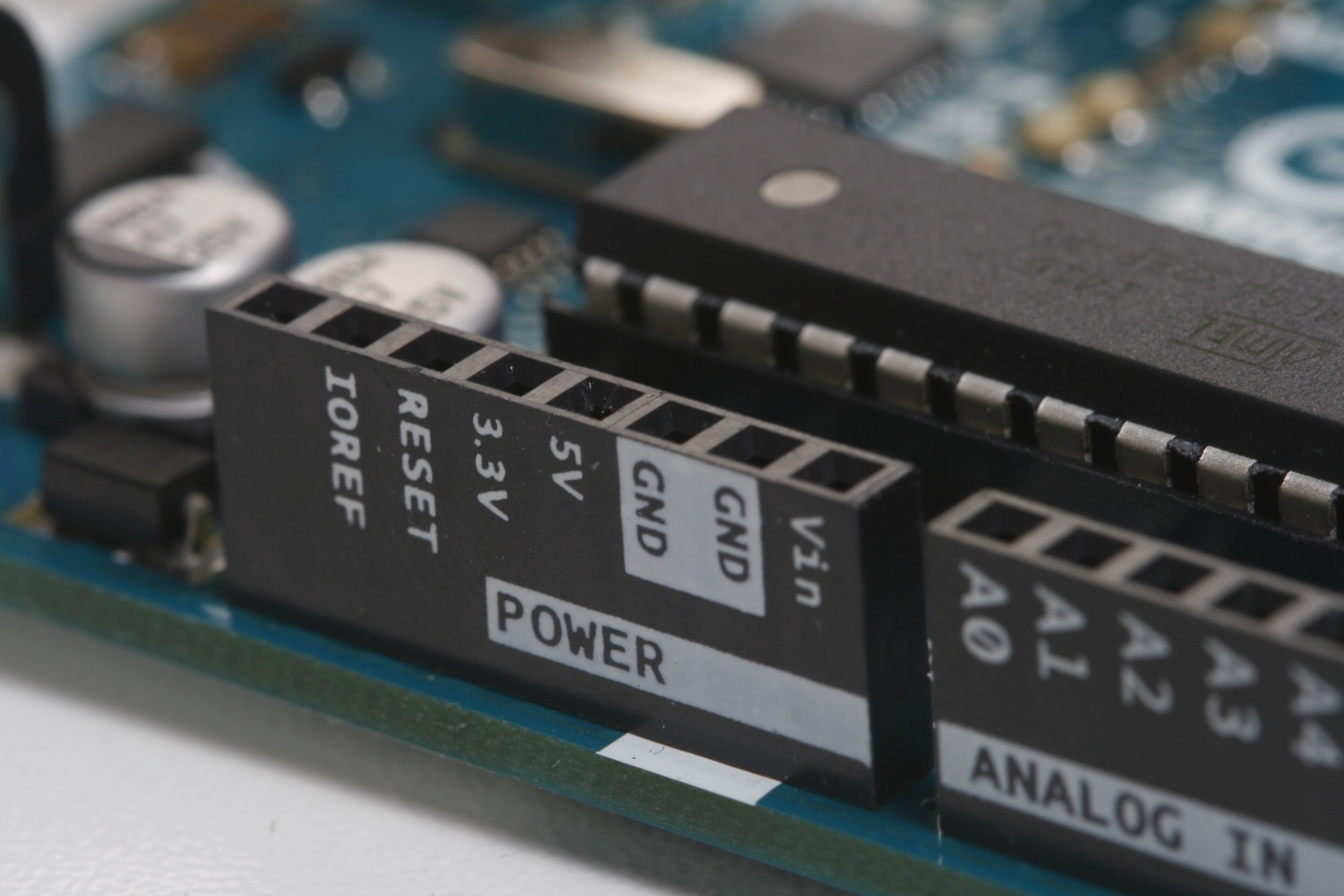Arduino UNO R3 : A beginners step into the world of Arduino
The enormously well known Arduino Uno board is the ideal board to begin any hardware design. With this board you have endless possibilities from the straightforward LED blinking to solar tracking system to controlling unmanned vehicles. "Uno" implies one in Italian and is named to mark the up and coming arrival of Arduino 1.0. The Arduino Uno and variant 1.0 will be the reference versions of Arduino, pushing ahead. The Uno is the most recent in a progression of USB Arduino boards, and the reference model for the Arduino platform.
Arduino is an open-source physical computing platform in light of a basic i/o board and an development environment that actualizes the Processing/Wiring language. Arduino can be utilized to develop stand-alone interactive objects or can be associated with programming on your PC (e.g. Flash, Processing etc). The open-source IDE can be downloaded for free (as of now for Mac OS X, Windows, and Linux).Arduino Uno is a micro controller board in based on the ATmega328P.It has 14 digital input/output pins (of which 6 can be utilized as PWM outputs), 6 analog inputs, a 16 MHz quartz crystal, a USB connection, a power jack, an ICSP header and a reset button. It contains everything expected to support the microcontroller; you can easily interface it to a PC with a USB link or power it with an AC-to-DC connector or battery to begin.
You can tinker with your UNO without worrying a lot about accomplishing something incorrectly, most dire outcome imaginable you can replace the chip for a couple of dollars and begin once again.
Arduino opens up a world of opportunities to tinker and be creative in ways not imaginable !
Microcontroller | ATmega328P |
|---|---|
Operating Voltage | 5V |
Input Voltage (recommended) | 7-12V |
Input Voltage (limit) | 6-20V |
Digital I/O Pins | 14 (of which 6 provide PWM output) |
PWM Digital I/O Pins | 6 |
Essential Information
Programming
The Arduino Uno can be programmed with the Arduino Software (IDE). The ATmega328 on the Arduino Uno comes prearranged with a bootloader that permits you to transfer new code to it without the utilization of an outside equipment developer. It communicates using the original STK500 protocol
Power
The Arduino Uno board can be powered through the USB connection or with an outside power supply. The power source is chosen automatically.
External (non-USB) power can come either from an AC-to-DC connector or battery. The connector can be connected by plugging a 2.1mm center-positive plug to the board's power jack. Leads from a battery can be embedded in the GND and Vin pin headers of the POWER connector. The board can work on an external supply from 6 to 20 volts.
On the off chance that provided with under 7V, in any case, the 5V pin may supply under five volts and the board may get unstable. If using more than 12V, the voltage controller may overheat and damage the board. The prescribed range is 7 to 12 volts.
Warnings
The Arduino Uno has a re-settable polyfuse that shields your PC's USB ports from shorts and over current. Although most PCs provide their own internal protection, the fuse gives an additional layer of protection. On the off chance that more than 500 mA is connected to the USB port, the fuse will consequently break the association until the short or over-burden is isolated.



